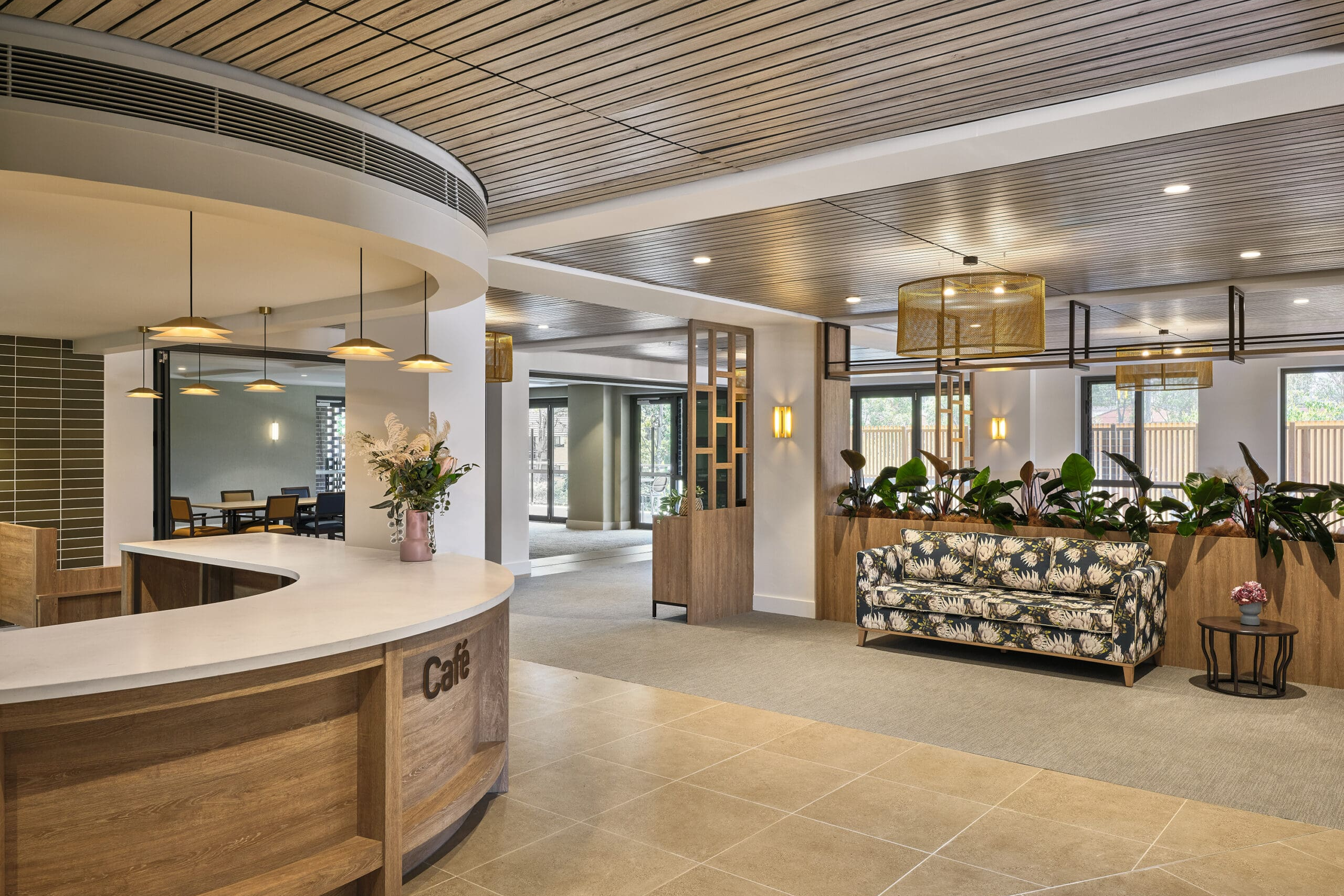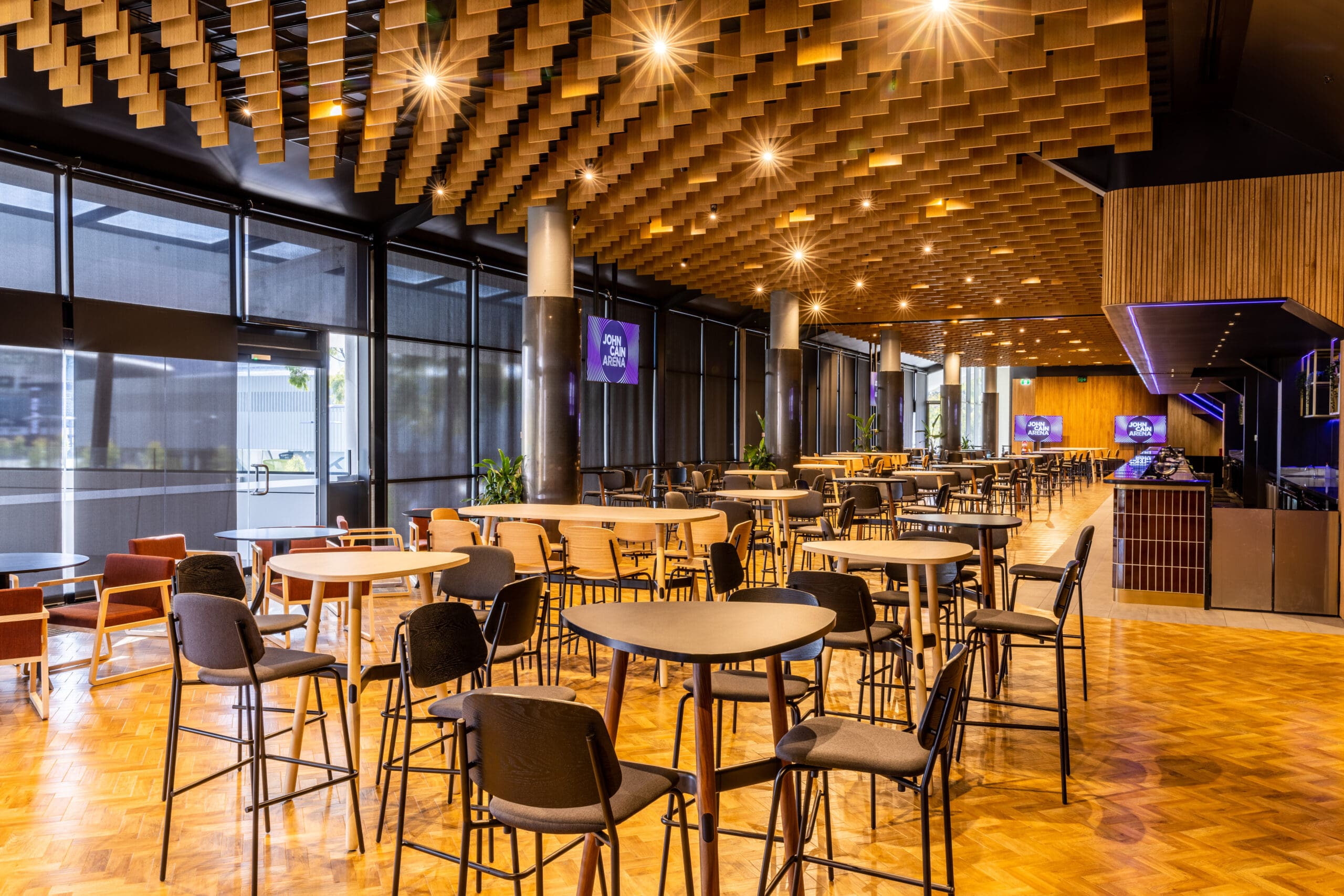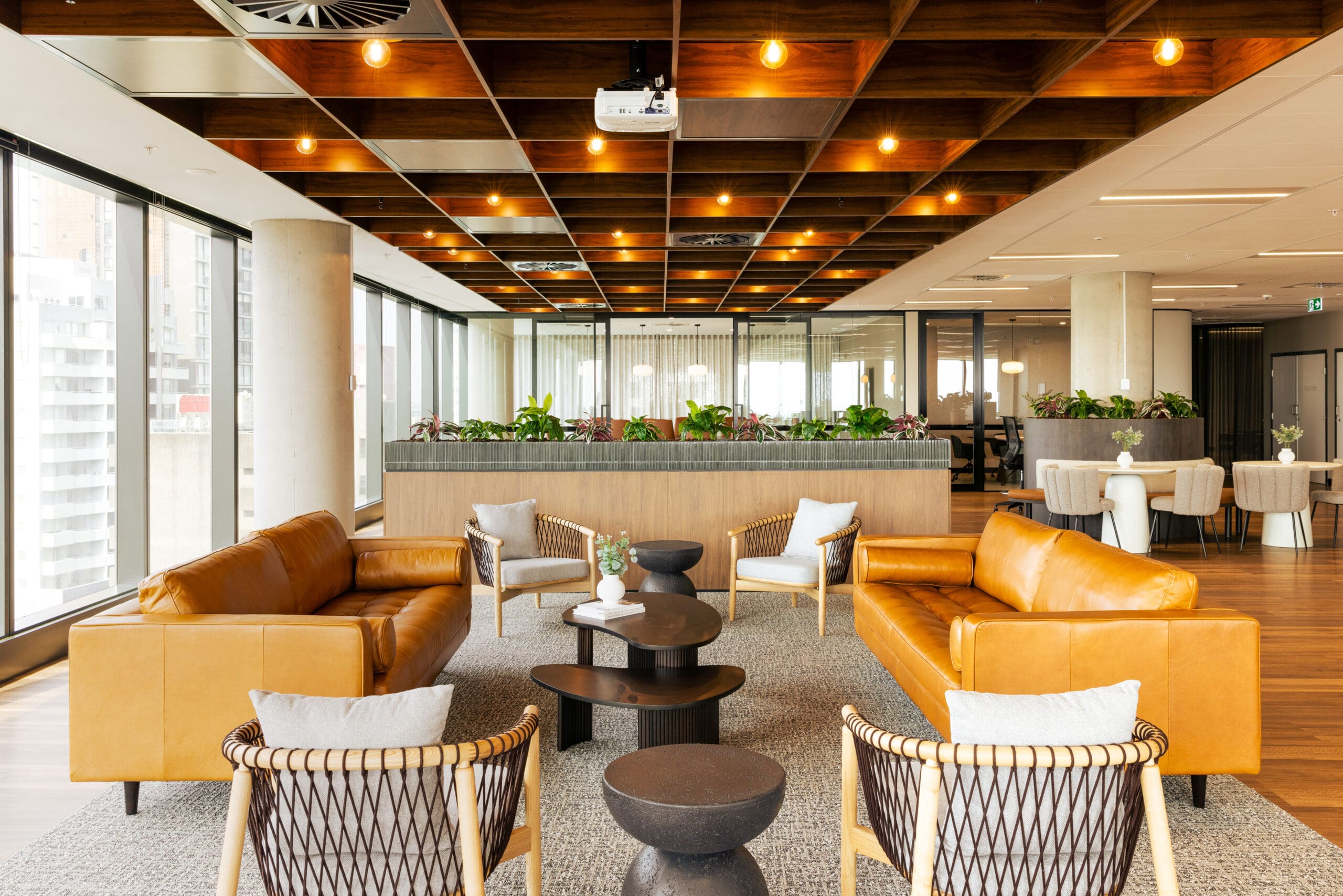Why use a timber look for exterior or façade cladding?
Timber has recently been associated with Japanese design, bringing images of tranquil and minimalist structures to mind. However, it's a material that lends itself to many building styles and cultures.
For example, timber is also used to reflect elements of Māori and Scandinavian culture.
However, due to changes in the BCA in 2019, decorative solid timber or laminated timber e.g. for cladding purposes, is now restricted to residential buildings of three stories or less, and commercial buildings of one story only.
Specifically, Part C1.9 requires non-combustible cladding or lining to both the inside and outside of external walls of Type A and B Commercial buildings (which includes all commercial buildings of two stories or more).
This has created a high demand in Australia for non-combustible exterior cladding materials with a timber finish or look.
Previously common cladding materials including composite timber, aluminium composite panel (ACP), all hardwoods (even BAL compliant hardwoods), and softwoods such as Western Red Cedar, are now not allowed on the exterior walls of these buildings.
While in many cases an architect may require the look of cladding or exterior panelling in the form of large panels or butt jointed slats, a more popular look is developing for commercial buildings of vertical timber look cladding components with clear vertical articulation lines.
Often referred to as a batten style cladding, this typically involves fitting a clip-on aluminium batten over a non-combustible surface such as fibrous cement sheeting.
This allows the creation of 3D or textured facades by using different size battens, slats, beams or blades. For more information on our non-combustible product range, suitable for exterior building applications, download the brochure.
Why aluminium cladding panels or battens?
While all metal external cladding types are deemed non-combustible according to NCC 2019 Part C1.9, aluminium is by far the most popular due to its light weight, easy workability, cost effectiveness, low maintenance (no rusting), and its recyclability.
Durability of external cladding elements is important these days due to the high cost of maintenance. Apart from the inconvenience of having to do any maintenance to your external building façade, labour, access equipment and even traffic control measures are pricy and to be avoided.
Aluminium blades do not warp, crack or splinter like solid timber and do not require refinishing or maintenance apart from cleaning with hot soap and water.
The special powder coating system consists of powder that is electrically charged then baked in an oven, fusing the powder into a smooth and permanent finish. The result is a consistent, durable, and rich colour.
This makes aluminium and its finishes suitable for all parts of Australia and Australian conditions.
Sustainability
Aluminium has one of the highest recycling rates of any metal and is an environmentally sustainable material. Recycling of aluminium only requires 5% of the initial energy consumed to create it.
90% of the aluminium used in the building industry is recycled after demolition.
NON-TOXIC
Aluminium products are non-toxic. This means that when recycled or a fire, no harmful gasses or chemicals are released into the atmosphere. This is better for us and the environment.
Powder coating contains negligible VOC’s. It also contains no Red List or WELL listed chemicals.
WOOD EFFECT
Aluminium is available in a powder coat with the most life like wood grain colours that can also be textured to feel like real wood.
This gives you the natural beauty and timeless appeal of wood with the capabilities of aluminium, assisting biophilic design where non-combustibility is required.
In what configurations can aluminium be used on a building façade?
- Easy install self-clipping systems of ceiling and wall wood look battens
- Flat sheets
- Laser cut and perforated screens
- Large, fabricated blades or fins
- All above materials with matching wood finish fixings and end caps
How to install external timber wall cladding
While different systems have different install sequences, the following sequence is common across most external aluminium cladding systems:
- Apply building wrap over framing or substrate
- Batten over the building wrap
- Ensure or create a gap to let moisture out
- Install the cladding including any jointing strips
- Finish wall ends, corners, doors and windows
Aluminium modular systems are versatile, durable and require effortless installation. From a simple cladding panel to sophisticated architectural designs, the possibilities are up to your imagination.
The click-on installation process drastically reduces time-on-site while allowing architects to customise the look of their facade to suit the project.
Building Standards & Compliance
Aluminium and other metals are deemed to be non-combustible in accordance with National Construction Code C1.9, and hence comply with Australian Standards AS1530.1 - Combustibility test for materials.
Aluminium is also suitable for use in bushfire prone areas to help resist bushfire attack. It is a perfect alternative to ACP (aluminium composite panel).
For interior and some external soffit requirements, as a non-combustible product, aluminium will always comply when you need to achieve Group 1 fire ratings on your project.
Aluminium finishes must be tested to AS/NZS1530.3 - Methods for fire tests on building materials, components and structures - Simultaneous determination of ignitability, flame propagation, heat release and smoke release. These finishes must be 1mm thick or less and the fire test result must have a Spread-of-Flame Index of 0.
Wind loading and seismic requirements must also be met as per AS 1170 Parts 2 and 4.
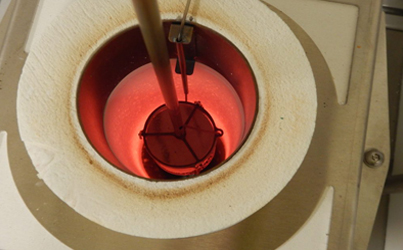
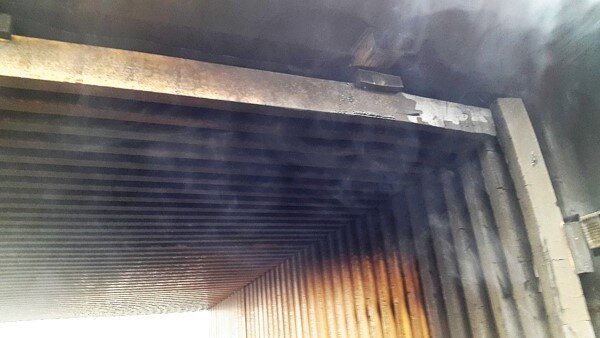
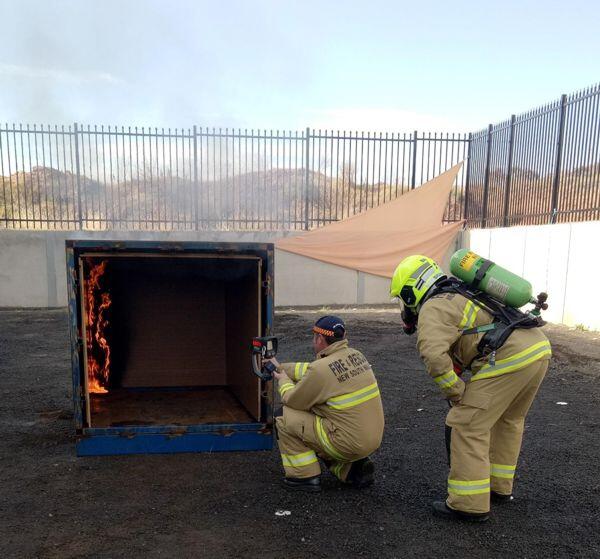
Wind loading & long spans
Any exterior decorative timber or cladding system needs to be approved by an engineer. This is especially the case where you have high wind loads and/ or long spans between framing members. Supawood has had its Aluclick product thoroughly tested so that it can even be used in Cyclonic and Severe Cyclonic areas and also be installed on framing members as far apart as six metres.
Supawood’s tests include testing for crowd loading in balustrade situations as per AS1170 Part 1.
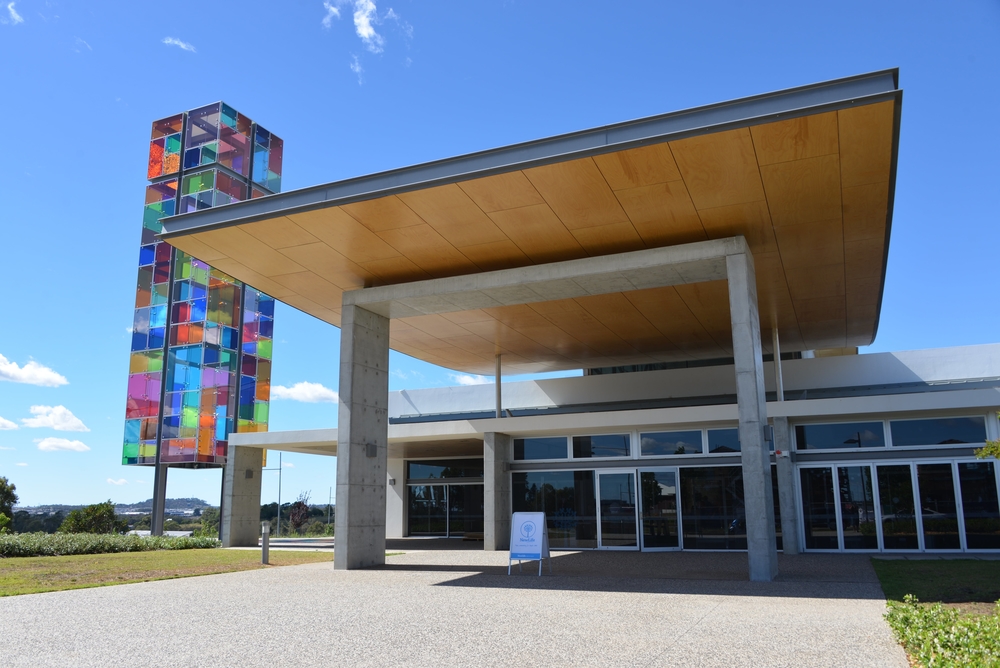
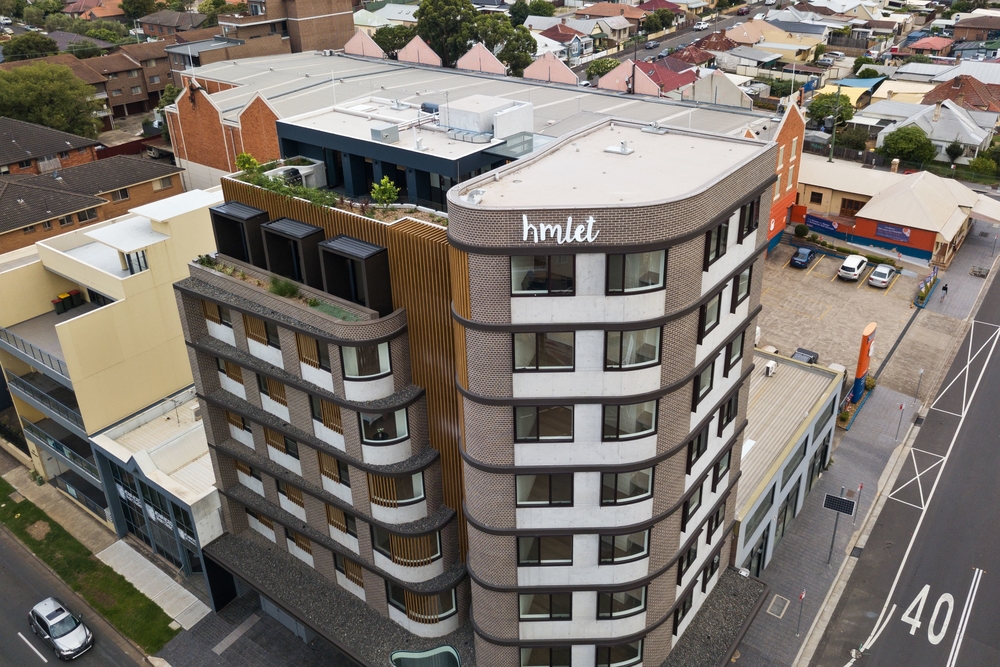
Explore real project examples where the warmth and aesthetic of natural timber was delivered in a compliant, low maintenance product for exterior use:
Waves Fitness & Aquatic Centre, Baulkham Hills NSW. View the gallery >>
109a Wigram Street, Harris Park NSW. View the gallery >>
UNSW CoFA, Block D, Paddington NSW. View the gallery >>
SUPAWOOD looks forward to helping you create your next exciting but compliant façade or exterior cladding concept. If you would like us to help you with your idea, reach out to our helpful team.
Disclaimer: All the information on this website - www.supawood.com.au - is published in good faith and for general information purpose only. Supawood does not make any warranties about the completeness, reliability, and accuracy of this information. Any action you take upon the information you find on this website (Supawood), is strictly at your own risk. Supawood will not be liable for any losses and/or damages in connection with the use of our website.
From our website, you can visit other websites by following hyperlinks to such external sites. While we strive to provide only quality links to useful and ethical websites, we have no control over the content and nature of these sites. These links to other websites do not imply a recommendation for all the content found on these sites. Site owners and content may change without notice and may occur before we have the opportunity to remove a link that may have failed.
Consent: By using our website, you hereby consent to our disclaimer and agree to its terms.

